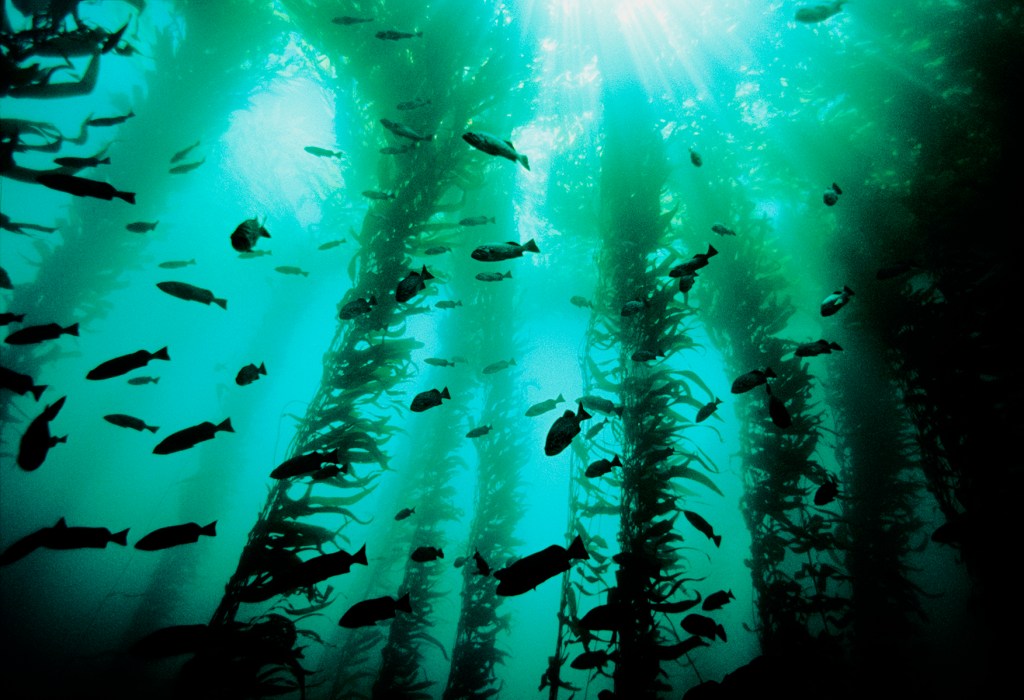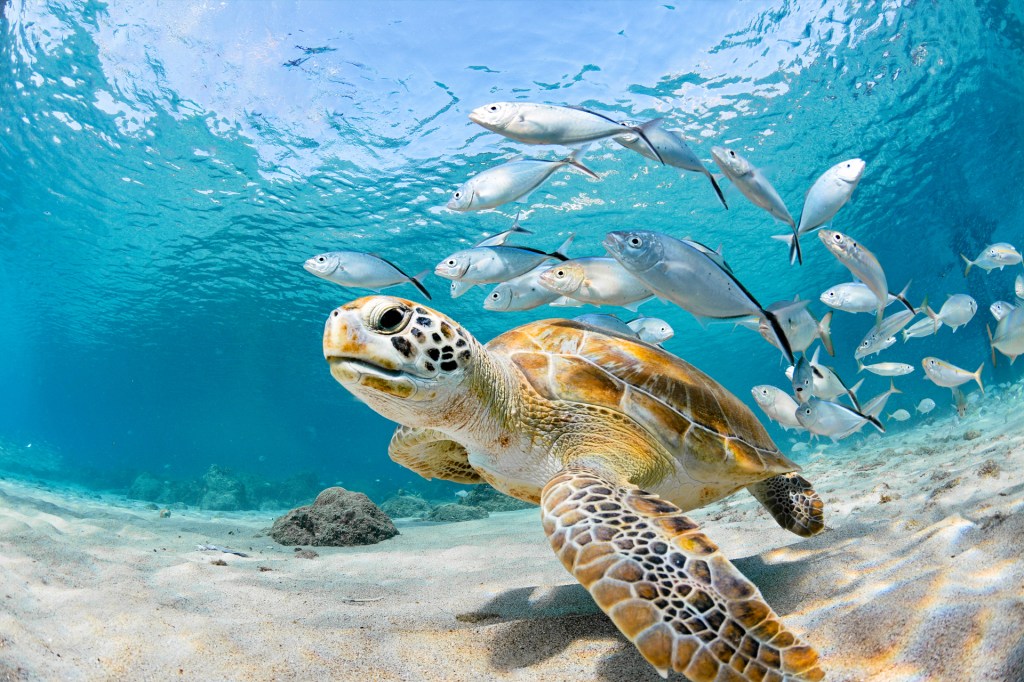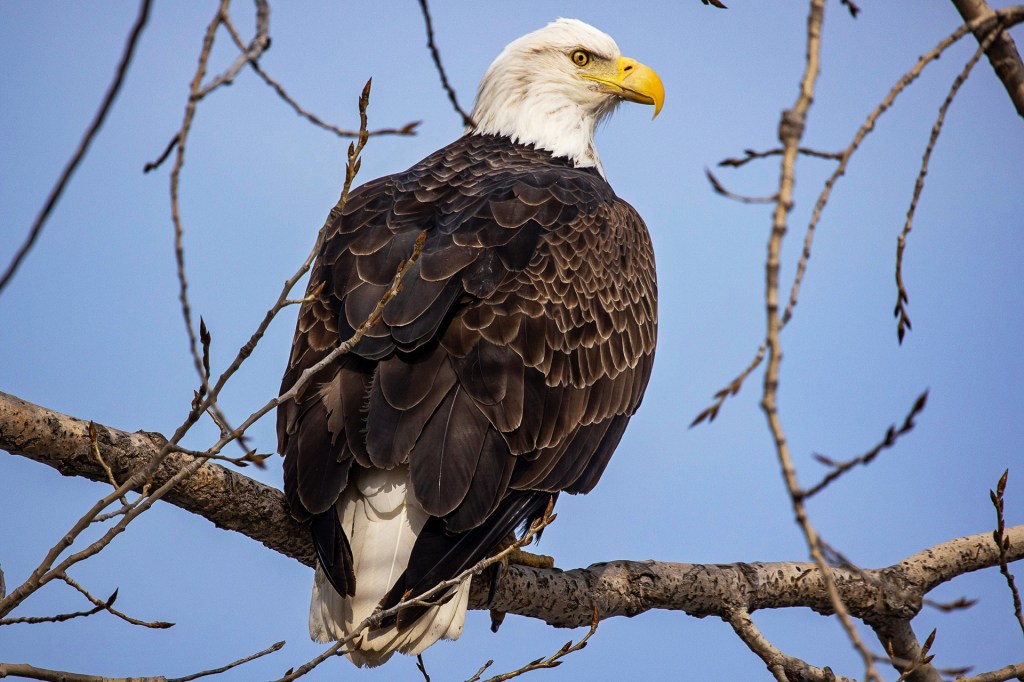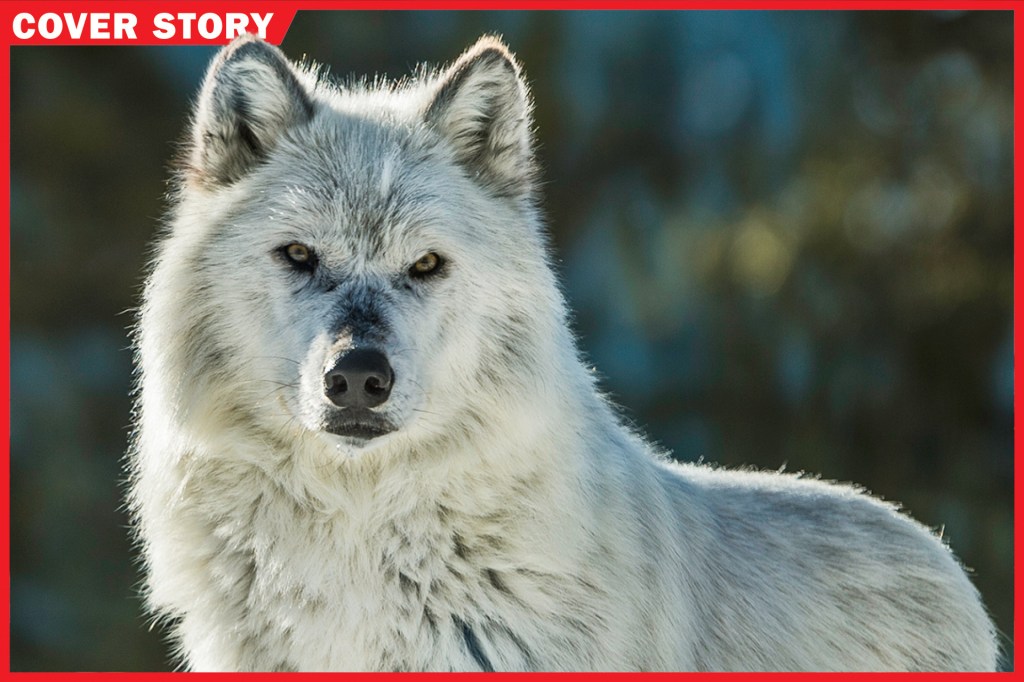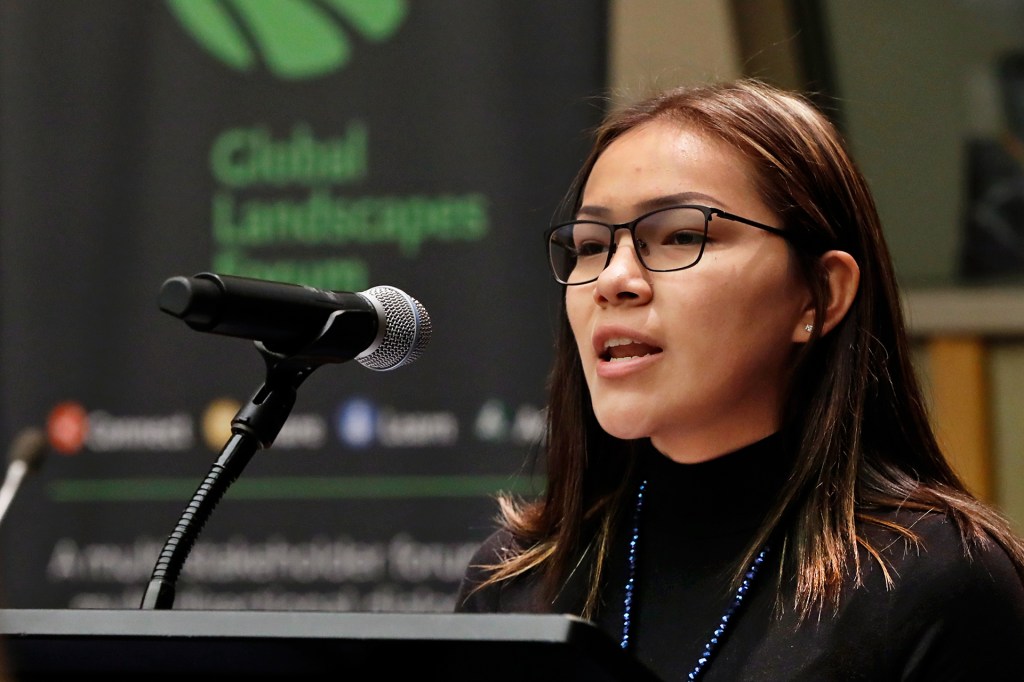Seaweed Solution
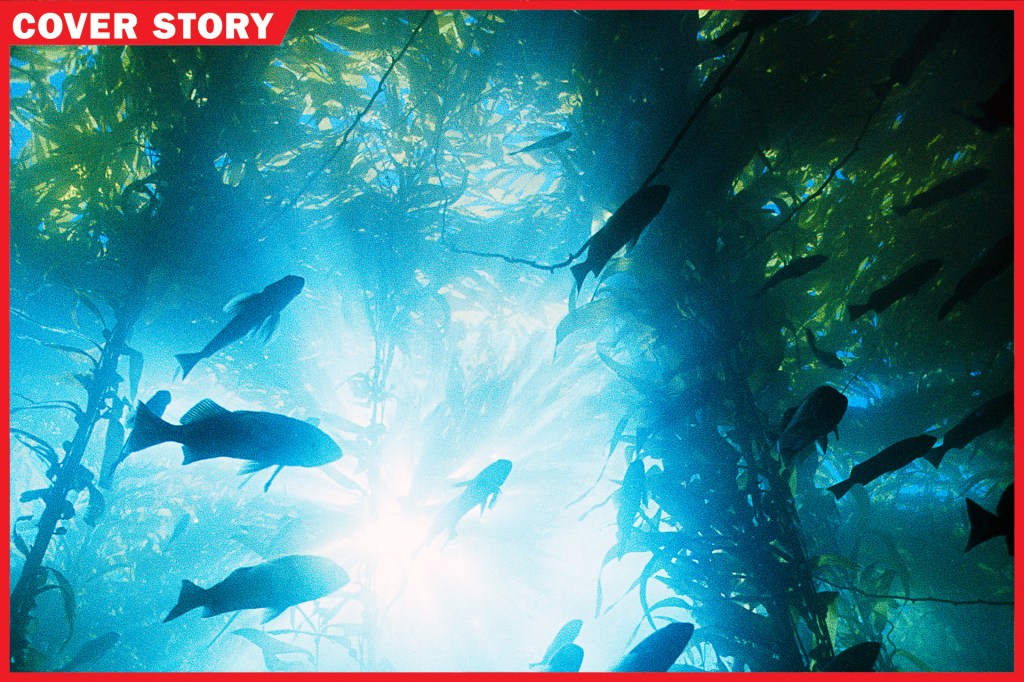
Welcome to Bamfield, a coastal community in British Columbia, Canada. Louis Druehl is steering The Kelp Express along the shore. For 51 years, the boat has taken him to Kelp Bay. There, ropes of seaweed are growing beneath the water’s surface.
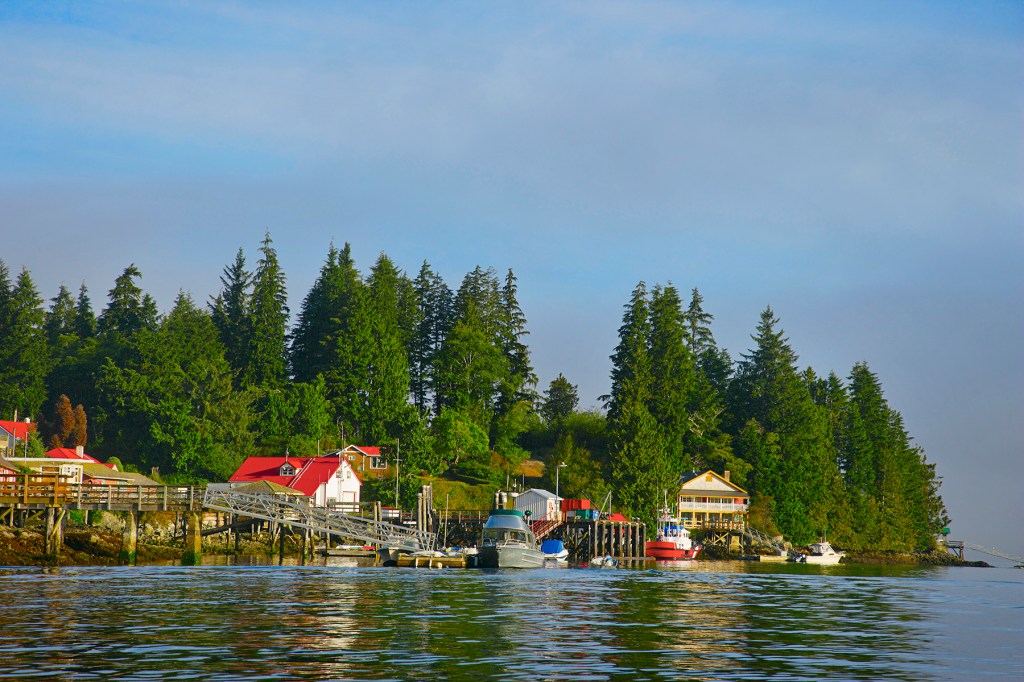
COASTAL VILLAGE Bamfield, in British Columbia, Canada, sits at the edge of the water.
DESIGN PICS/GETTY IMAGESKnown as the Kelp Grandfather, 84-year-old Druehl began growing kelp, a brown seaweed, in 1982. Seaweed is his life. He has studied it, farmed it, cooked it, and written an award-winning book about it.
Over the years, Druehl has seen interest in seaweed rise and fall. But as climate change
climate change
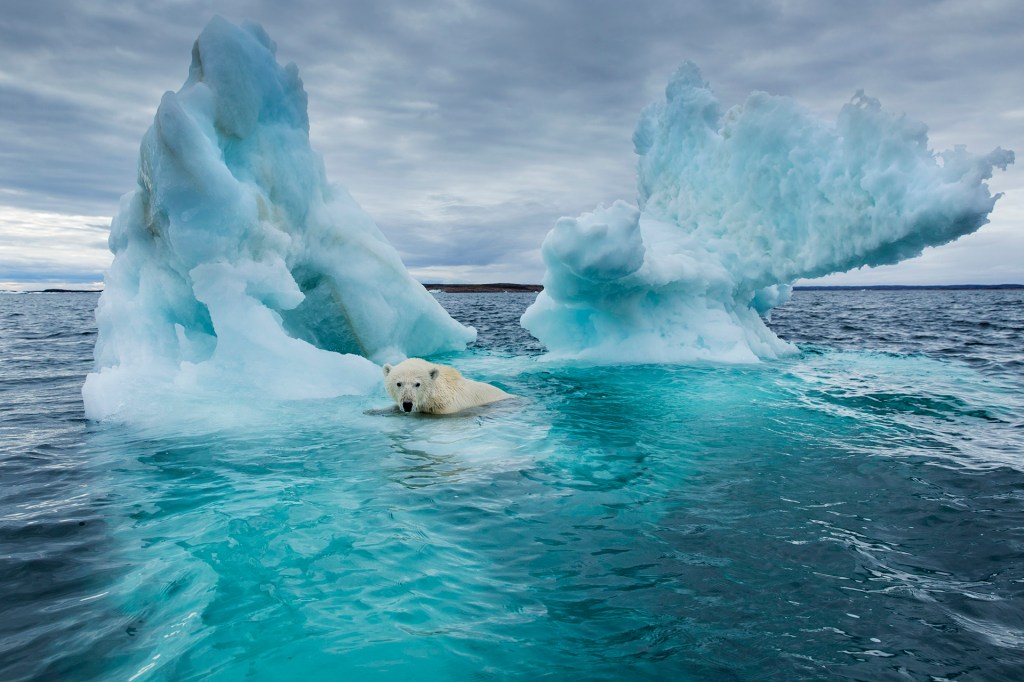 PAUL SOUDERS—GETTY IMAGES
changes in the Earth’s weather patterns
(noun)
The sea ice that polar bears hunt from is melting due to climate change.
affects the planet, the world is turning to seaweed as a possible solution. “People have discovered seaweed,” he told TIME. “They’ve discovered us.”
PAUL SOUDERS—GETTY IMAGES
changes in the Earth’s weather patterns
(noun)
The sea ice that polar bears hunt from is melting due to climate change.
affects the planet, the world is turning to seaweed as a possible solution. “People have discovered seaweed,” he told TIME. “They’ve discovered us.”

KELP GRANDFATHER Louis Druehl, 84, is a kelp farmer in Bamfield, British Columbia.
TOBY REEVESuper Seaweed
Seaweed can play a huge role in fighting climate change. It is used to create natural fuel and renewable plastics. It helps marine ecosystems
ecosystem
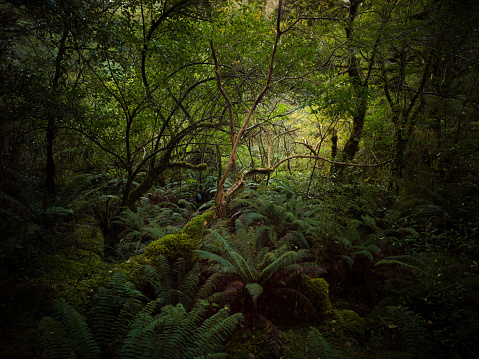 JAMESPHOTOGRAPHY.COM.AU—GETTY IMAGES
the living and nonliving things that make up an environment and affect one another
(noun)
The rainforest's ecosystem includes many unique plants and animals.
thrive. And it absorbs carbon from the environment.
JAMESPHOTOGRAPHY.COM.AU—GETTY IMAGES
the living and nonliving things that make up an environment and affect one another
(noun)
The rainforest's ecosystem includes many unique plants and animals.
thrive. And it absorbs carbon from the environment.
People think of forests as the best defense against climate change. But some researchers say seaweed is a better solution (see “Not Perfect”). Unlike trees, seaweed doesn’t need fertilizers or fresh water. It grows faster than trees do. And it doesn’t require any land. Katie Lebling is with the World Resources Institute. “When we’re planting trees, we need to make sure it does not take away that land from food production,” she says. “That is not an issue with seaweed.”
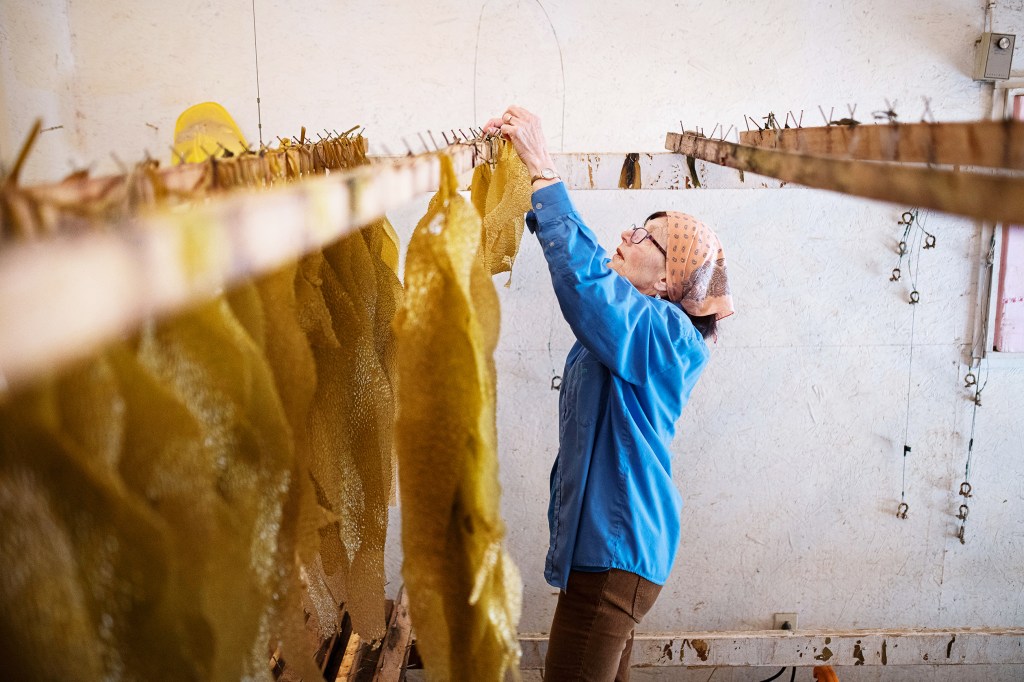
DRIP DRY Rae Hopkins, Druehl’s cofounder at Canadian Kelp Resources, in Bamfield, hangs seaweed up to dry in 2019.
JAMES MACDONALD—BLOOMBERG/GETTY IMAGESSeaweed could also become a key global food source. Many worry about the environmental impact of eating meat. Could seaweed farms provide enough protein for the world? Carlos Duarte, a professor of marine ecology, thinks so. “When you look at how we are going to feed the world population by 2050, in a way that doesn’t harm the environment, there is only one pathway,” he says. “Seaweed farming.”
New Opportunities
In the past decade or so, global seaweed production has doubled. Interest in seaweed as a food source and climate-change solution is booming. In British Columbia, seaweed farming is becoming popular. This means job opportunities, including work for people from First Nations communities, who are among the indigenous, or native, people of Canada. Unemployment has forced many of them to leave the area to find work. “We want people to have a job, so that they can come home,” says Larry Johnson, president of Nuu-chah-nulth Seafood, a group that works with First Nations communities.
For thousands of years, First Nations people have farmed on land and in the ocean. “Seaweed farming . . . helps us create economies of our own that align
align
 SIMA_HA—GETTY IMAGES
to line up with; to side with
(verb)
Her feelings about poodles align with mine.
with our traditions,” Johnson says. “Our role has always been to connect with the land and repair it.”
SIMA_HA—GETTY IMAGES
to line up with; to side with
(verb)
Her feelings about poodles align with mine.
with our traditions,” Johnson says. “Our role has always been to connect with the land and repair it.”
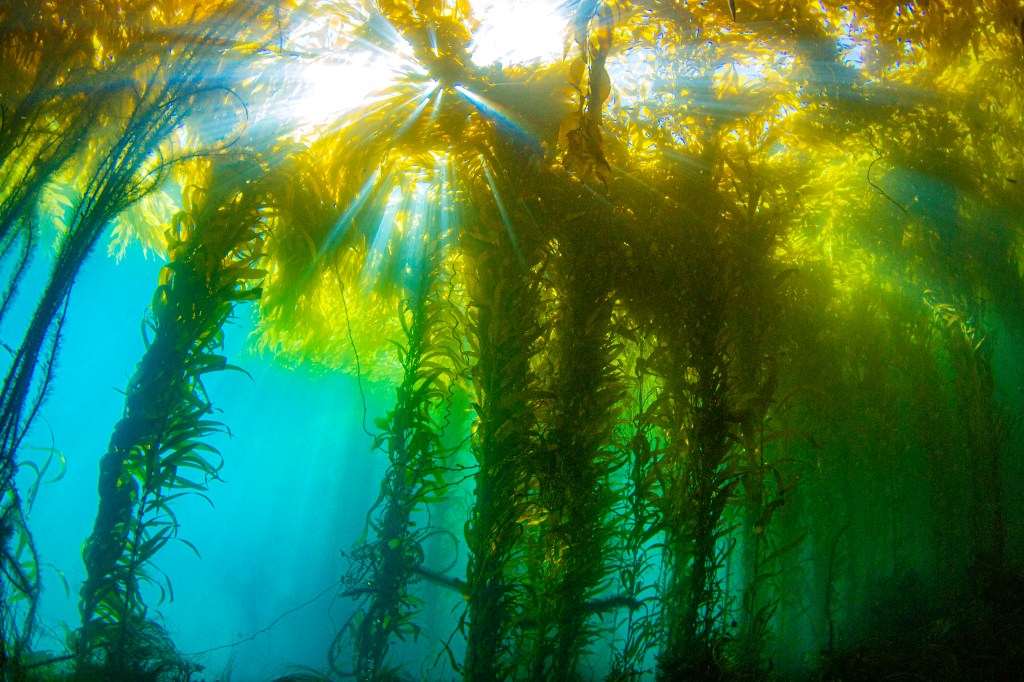
UNDERWATER FOREST At a seaweed farm, long ropes of seaweed grow under the water’s surface.
DOUGLAS KLUG—GETTY IMAGESA blossoming seaweed industry could bring jobs to many people, including those who lost work as a result of the pandemic. Druehl’s daughter is one of them. He’s trying to persuade her to come work with him in Kelp Bay. He says, “I keep telling her we’ve got a nice kelp business out here!” But even if she isn’t interested in the family tradition, there’s a long line of seaweed farmers waiting to learn from the Kelp Grandfather.
Not Perfect
Seaweed might fight climate change. But it isn’t without its risks. If it isn’t harvested, it can rot and release carbon back into the air or water. Growing too much of it could also affect the amount of light that reaches species living deeper in the water. That would be dangerous for underwater ecosystems.
Halley Froehlich is an assistant professor at the University of California, Santa Barbara. She says seaweed “can be a part of the solution” to climate change, but it’s not a perfect solution on its own.
